If you’ve ever wanted a vehicle that runs 100% on sustainable fuels, has all-terrain drive, is semi-autonomous (and at times, despite your best intentions, fully autonomous), and has only one horsepower, then you might have considered getting an actual horse.
From early 2023, I’ve been learning to ride a horse in sunny Argentina (in Spanish, no less. Fun fact: A male rider is a “jinete”, but a female rider is an “amazona”!).
The first model of horse came out a whopping ~50 million years ago, by most evolutionary estimates (Britannica). It’s quite hard to get information about the original horses as documentation is thin on the ground, but it seems very little in terms of specs has changed since then, other than colour schemes and general level of refinement for everyday riding.
Since the first model, the horse is still essentially the same animal: a carbon-based muscle-powered autonomous equine that runs on hay or grass (or carrots and apples) with four-hoof-drive, four ride modes (plus custom ride modes for advanced riders). The horse makes exactly one horsepower, but has loads of pulling power from basically standstill.
If you’re considering a horse, you’re probably considering the same things I did, like:
- Why learn to ride a horse?
- What’s a horse actually like to ride? What does one horsepower feel like in reality?
- How long does it take to learn how to ride a horse?
- What ride aids and safety features does a horse have?
- Is the horse really “sustainable”? Why aren’t we all riding horses?
- What are some alternatives to the horse?
Read on for more!
Note: This article is obviously an April Fools’ Day article, but it is based on facts and actual experience, so you might enjoy it! The “sustainability” part was pretty interesting to me to learn about.
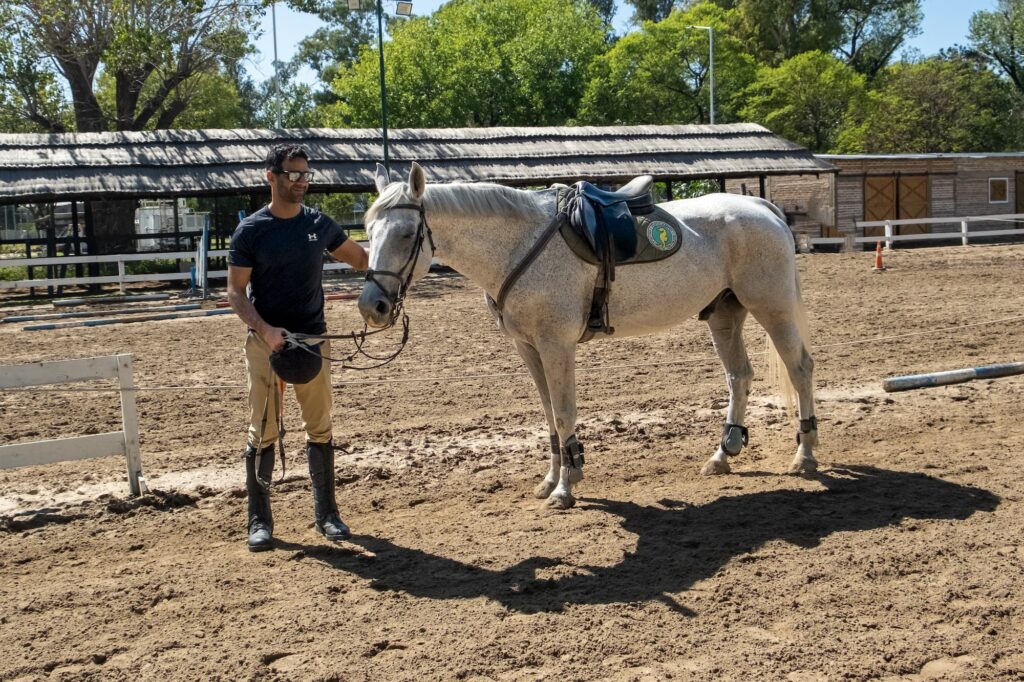
Are you obsessed with motorcycles?
Well, I am. That’s why I created this site — as an outlet. I love learning and sharing what others might find useful. If you like what you read here, and you’re a fraction as obsessed as I am, you might like to know when I’ve published more. (Check the latest for an idea of what you’ll see.)
Why Learn to Ride a Horse?
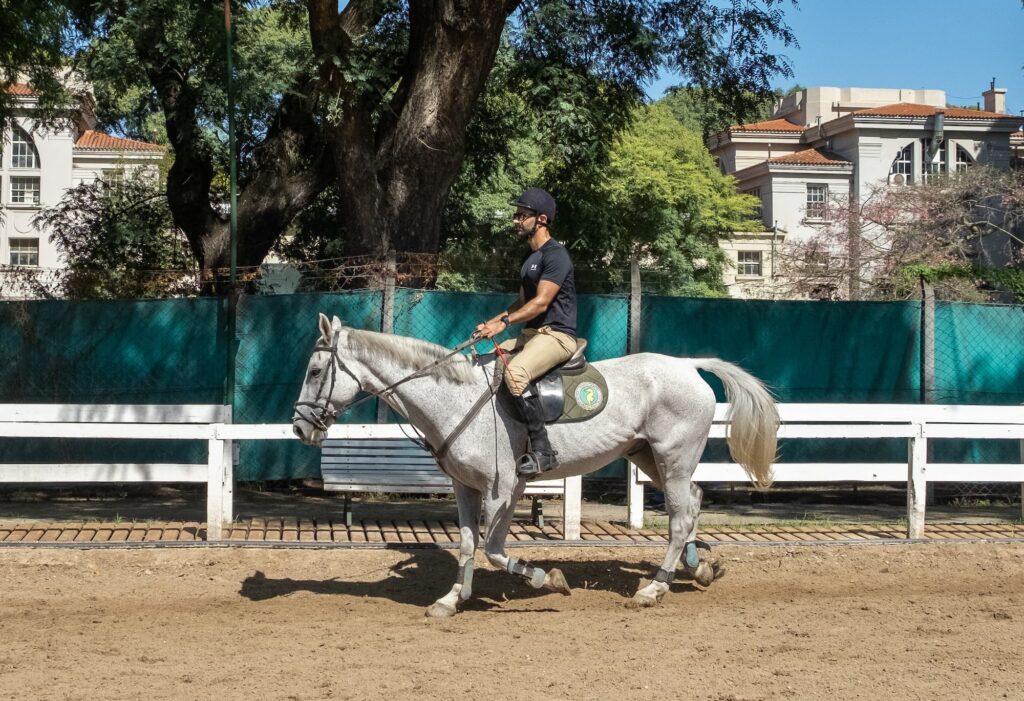
I’ve always been vaguely curious about horses. The main things that have held me back have been time (between work, life, and a full roster of hobbies) and money.
When I tell people I’ve been learning to ride a horse, I’m either greeted with amused disbelief that I’d try something so ridiculous, or confusion as to why anyone should need to “learn” to ride a horse. You just get on them and ride, according to these people, as they had since they were kids.
But for me, I’ve definitely needed to be taught how. So once I had a bit of time, and I found a way to do it more cheaply (by going outside the most expensive parts of the world), I decided to make it happen.
What initially drew me to riding a horse was a general desire to be able to pilot any “vehicle” (inasmuch as a horse is a vehicle). It’s just a cool idea to be able to not just ride a motorcycle and drive a car, but also ride a horse, pilot a boat, fly a helicopter, or fly a plane or space ship. Then I’ll be apocalypse-ready! I have some work to do before I get to the last few, but I’m sure I’ll get most of the way there.
The interesting thing is that once I took my first riding lesson, my motives changed instantly and completely. The effect of being in an isolated area of relative silence, trying to be one with a live animal underneath me, without any screens or even instruments, is very calming. Horses don’t have Bluetooth-enabled TFT displays.
The final straw in getting me hooked on horse riding, though, was realising the depth of skill needed to do it well.
If you’ve ever taken a track day or gone off-roading for the first time and thought “I know nothing, but I now want to know everything,” then you’ll know the feeling of getting hooked by a learning curve. To obsessive people like us, it’s intoxicating.
Learning to ride a horse unlocks a bunch of cool experiences, too. In many parts of the world, you can rent a horse and do things like go on horse treks and horse camping. It’s not a pastime for the thrifty, but neither is motorcycling in general.
One interesting reaction I’ve heard from a few non-riders is that “horses are for girls”. Firstly, I don’t believe in things being for “girls” or “boys”. I think we’re all a bit beyond that as a society. Just do whatever you feel like, and stop telling others what they can and can’t do, as long as it’s not hurting anyone.
But secondly, it’s odd because there are so many masculine associations with horse riding. There’s the Marlboro Man (Ed Forbis), there’s cowboys and bandits on horseback, there’s Khal Drogo and his vicious riders in Game of Thrones, Genghis Khan, and so on. Horses are huge, unruly beasts. Riding them can be scary (not at my level). So even if you take an old-school, traditional view of gender roles, riding horses is pretty tough. At least, if you do it well! (I’m on my way…)
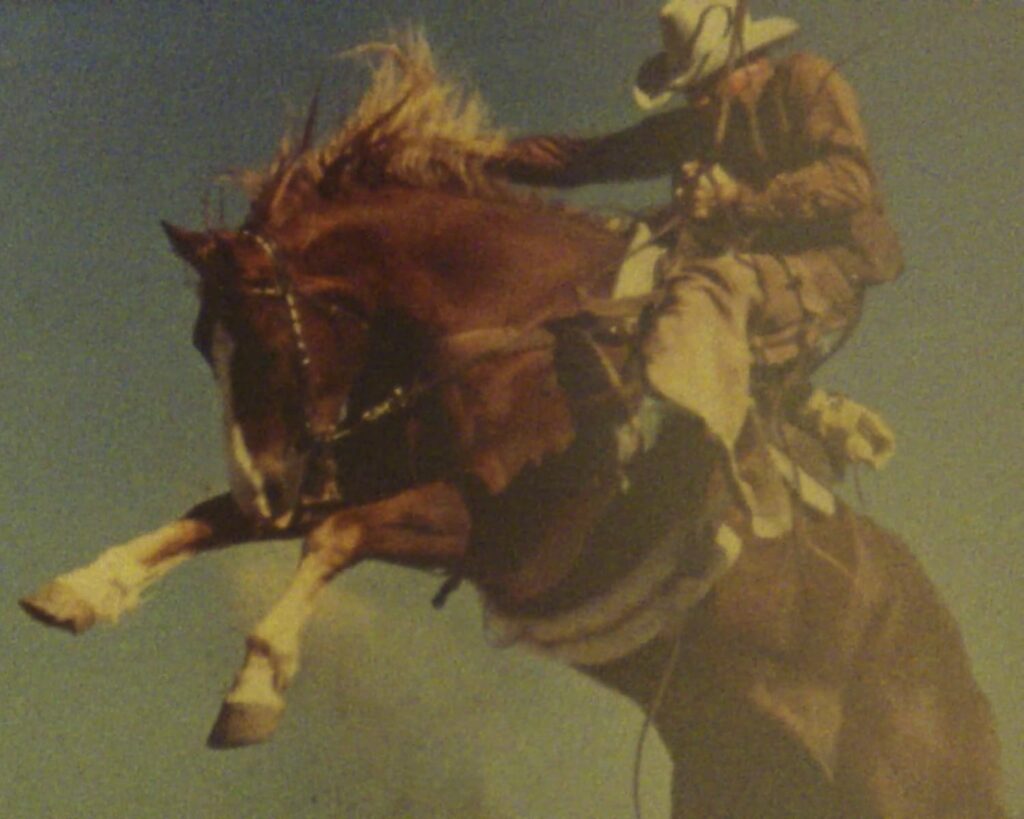
Anyway, I didn’t get into motorcycles because I enjoy people telling me what to do, and that’s the way I feel about most things.
Spec Sheet of the Horse
Here’s the low-down of the horse. You can’t ride a spec sheet, but a few months ago, I couldn’t even ride a horse!
| Item | Spec |
|---|---|
| Riding position | Upright, like a dual-sport adventure bike |
| Controls | Leather reins and verbal commands |
| Engine | Flesh and muscle drive |
| Peak power | 1 hp / 0.75 kW at zero rpm (see below section on horsepower) + Burst mode, activated through verbal commands and whip |
| Peak force | 180 lb force (800 N) (per James Watt, reference) |
| Final drive | Four legs, all-hoof-drive |
| Fuel | Required: Hay, Pellets Recommended: Carrots, Apples |
| Ride modes | Four natural ride modes: Walk, Trot/Pace, Canter, Gallop |
| Ride aids | Auto-start, Auto-brake, Auto-steer |
| Display | Ears, occasional audible whinnies or “Pthhppphltltltpppt” sound |
No, a horse doesn’t have an instrument cluster, and I hope they never get a Bluetooth-enabled TFT display (well, maybe a BMW one…). But you can learn to read the ears. For example, if the ears are facing backwards, it’s attentive to your commands. But if the ears are flat and pinned back, the horse may be angry or irritated, ready to fight, and less ready to be ridden.
One interesting part of the fuel requirements of a horse is that if you ask for more performance of it, you give it its high-performance fuel (carrots and apples) after the peak-performance run. This obviously is different to how conventional vehicles work.

A Slightly More Serious Word about Horsepower
Yes, it’s hilarious to think of a horse as producing “one horsepower”, but the history of the word “horsepower” is quite interesting. Wondering where it came from, I looked it up, and see that it’s tied to an apocryphal but interesting story about Scottish inventor/engineer/scientist James Watt, who in the late 1700s was trying to market his steam engines to people who were using horses to drive mills.
According to the story, Watt was trying to sell a steam engine to a brewer, who said that the engine must be at least as powerful as the brewer’s best horse. To convince this brewer, Watt measured this high-power horse’s performance and found that it could produce 32,400 foot-pounds of torque over the duration of a minute. He rounded this up to 33,000 foot-pounds per minute, and this became the definition of one horsepower. Later, this became roughly 0.75 kilo Watts in metric units.
Now, why didn’t James Watt name his own unit of horsepower “Watt”? Well, the metric definition of horsepower came later. Seems like an opportunity lost.
By the way, there are two kinds of metric horsepower. One is just called “horsepower”, much like the Imperial kind. They’re only different by about 1%, and just have different root definitions. You might have noticed the two kinds of horsepower when reading spec sheets and seeing things like “150 CV or 147 hp”. “CV” is one way of writing “metric horsepower”, another common one being “PS”. And then the other kind is kiloWatts (kW), as mentioned above.
The Italian (or Spanish) name “CV” gives some hints as to where horsepower came from. It stands for Cavalli Vapore in Italian (or Caballos Vapor in Spanish), or “steam horses”. This sounds spooky, oooh a steam horse, until you realise it’s talking about steam engine equivalents to horses, just as James Watt was trying to pitch.
(The “PS” moniker for metric horsepower, which is the German abbreviation for “Pferdestärke”, literally means “horse power” and doesn’t have any hints as to where it came from. But they’re exactly equal to CV.)
What it’s Like to Ride a Horse
It’s hard to summarise briefly what it’s like to ride a horse, if you’ve never done it. Below, I’ll try to capture it in the areas where I’ve got actual experience.
The things that really stand out to me about horse riding are:
- Character: These things have character up the wazoo. Way too much, at times.
- Work: You think it’s hard steering your heavy cruiser or your enduro bike? It’s not as hard as steering a horse. Even going in a straight line is hard work.
- Performance: Surprisingly quick. But they get tired.
- Sound: Wow, it’s very quiet. Quieter than an electric motorcycle. Even pooping is quiet. (Why the $&#* has my horse randomly stopped? … Oh)
Character of a Horse
Let’s start with the character of a horse. I think this is a fun place to start, because over the next ~20 years or so, we’ll see all petrol-powered motorcycles replaced by electric ones. Along the way, there will be many more who will decry the lack of “character” that an electric motorcycle has.
Yes, a gas-powered motorcycle of any kind — from the purring six of a Honda Gold Wing to a shaky Harley-Davidson un-counterbalanced Big Twin — has more character than most pedestrian electric motorcycles. But any motorcycle’s character pales in comparison to the character of a horse.
A horse, fundamentally, doesn’t even want you to ride it. Sure, it wants its carrot, and it doesn’t want the stick (which I literally had to use, one day, when there were no more whips), but it’d much rather be sitting around doing nothing. So it makes it obvious it’s doing you a favour.
From the moment I get onto a horse, I can tell that I’m going to have to coax it into doing whatever I want it to do. It goes forwards, in a lurching kind of way, and sometimes just goes wherever it bloody well wants.
If you think your Harley makes for a vibey ride, well, you haven’t ridden a horse. If you think your old British motorcycle makes random noises, then just wait till you hear all the noises a horse makes. And if you think your old carburetor-fed bike has a tendency to leak fluids… well, you get the idea.
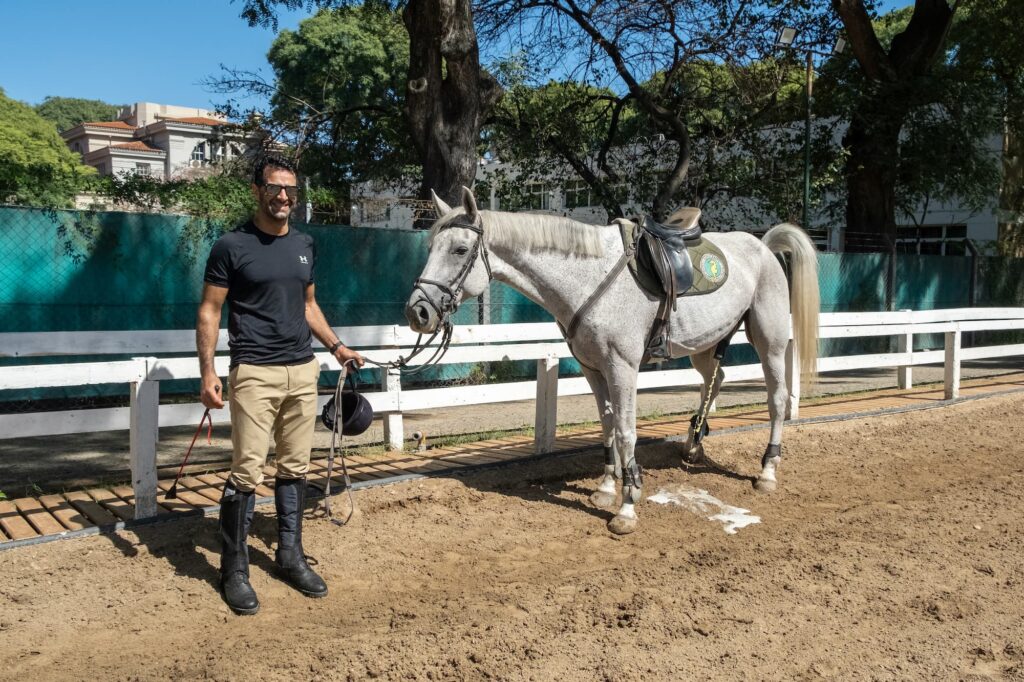
The “character” of a horse isn’t just unpredictability though. Like with a dog, it’s also a really positive thing.
Motorcycle riders often develop an affection for our bikes. It’s what makes it really hard to sell them or rent them out (something I’ve tried with Riders Share, and only managed to do with bikes I had mentally already given away).
Some riders (like me) think we develop symbiotic relationships with these machines. After a long journey, I feel like petting it and saying “well done”. When I fill the tank or change the oil, I feel like I’m giving my motorcycle a treat! Of course, this is all because we tend to anthropomorphize inanimate objects.
Well, with a horse, that symbiotic relationship is entirely real. The horse knows who I am and it gives me a nuzzle after a ride. It has off days, when it’s grumpy, and good days, when it does everything well. And it really does enjoy being refuelled, especially with carrots or apples.
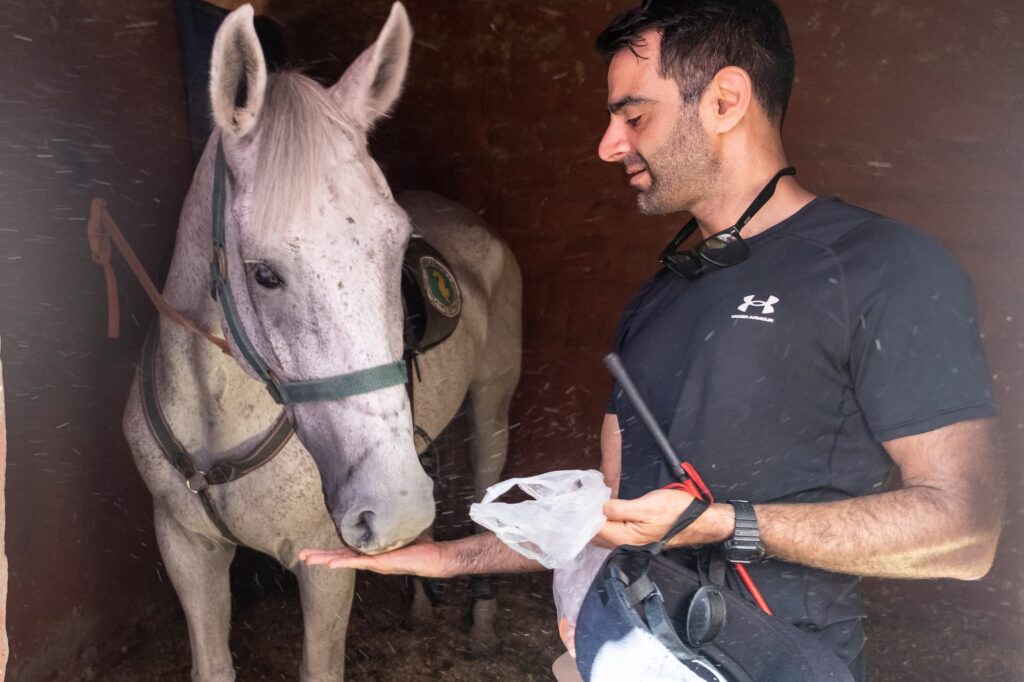
So I understand the desire for “character” in a machine. But if you really want character — there’s nothing quite like something that’s actually alive.
Work of Riding a Horse
Learning to ride a horse has been hard work. And while it gets easier as you get more used to the movement, it always is a pretty active endeavour.
For people who’ve always ridden horses, you might have forgotten how hard it was in the early days. Once you’re used to the movements, it’s relatively easy.
But for me, it has been pretty difficult getting used to the rhythm, the movements, and the muscles that I have to use.
See, horses don’t move forwards in a straight horizontal line. I’ve ridden some shakey bikes, but nothing is as shakey as a horse.
As a horse moves forward, with most types of gait, it moves up and down. As a rider you have two options: Stay glued to the saddle, and get bounced around and eventually thrown off, or learn to move with the horse, standing up and down in literally thousands of micro-squats per session until you get used to the movement.
If you think “thousands of micro-squats” sounds like hard work, you’re not even close! It’s ridiculously hard. At least at first, especially when you’re doing it slightly wrong and have to focus all the time on doing it better. After my first few sessions, I could hardly walk, and kept stumbling. No wonder horse riders are so thin looking. It’s not so they can be easy on the horse; horse riding is hard work.
The hard work of horse riding is made worse by the fact that in at least the first 5-10 sessions I had to try to be doing the following things simultaneously
- Keep an upright posture. Stop leaning forwards!
- Keep my heels pointed down.
- Keep kicking to keep the horse going.
- Maintain even tension on the reins.
- Keep my hands together.
- Steer correctly, depending on the gait.
- Hold the whip in the correct hand.
- Look where I’m going (probably the one skill that transferred from motorcycle riding)
- … And probably many other cues I’m forgetting.
At any one point in time, I’d be lucky to be doing half of those things. I expect that as time goes on, I’ll be able to do most of them!
It gets even harder when doing things like turning or transitioning between paces, as you have to do multiple movements at once.
You do get used to it after a while. But it’s hard work.
The plus side to all this is that despite a horse doing most of the work, active horse riding is definitely exercise! (This is a downside if exercise is something you’re trying to avoid…)
Performance
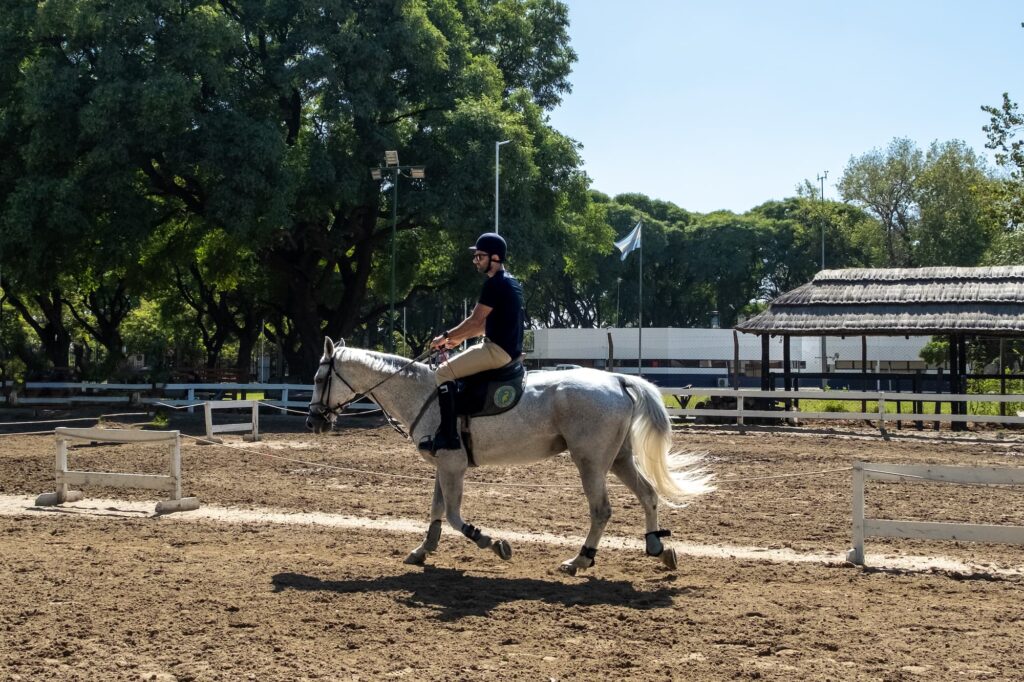
One horsepower may not seem like much. But it’s quite a bit, to anyone who’s had to control it — certainly enough to feel like you’re going “fast”.
One of my favourite anecdotes about the performance of a horse is actually about cars.
The first cars were known as “horseless carriages”. They were just an engine, steering wheel, and rolling chassis. Sometimes, brakes were optional… and not entirely needed as the things were so slow.
The first car race was in 1896. It started so slowly that spectators jeered, shouting “Get a horse!”
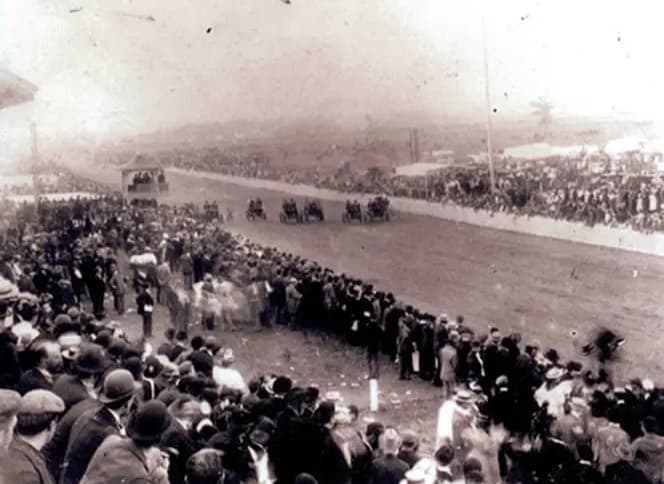
Things have obviously changed since the late 1800s, and there are now cars and motorcycles of all kinds that can melt your face with their obscene levels of power, reined in (metaphorically, this time) by electronics to stop you from doing ridiculous things with them.
Anyone who’s had at least one motorcycle knows about power lust. If this many horses is good, then what does more horses feel like? More gooder, right? Not exactly.
There’s a certain amount of joy to riding a slow motorcycle. When I ride a 200cc dual sport and absolutely hammer it along dirt roads in the middle of nowhere, I inevitably have a blast. I also enjoy going 80+ mph on a sport bike (like the Yamaha MT-09 SP, the latest bike I can’t get out of my head) on twisty roads, but the stakes are a LOT higher there.
There are two things to bear in mind about a horse’s “low power”. Firstly, it’s geared really well, so you can launch it easily. Secondly, it has a secret burst mode!
I never have a hard time launching a horse. And I’ve never stalled one, luckily. I’m a middleweight (roughly 82 kg / 180 lb these days), and they always manage to get going.
But the really fun part is that by making some mouth “kiss kiss” sounds and striking the horse once with the whip, it suddenly gets going into a trot. I’ve never had trouble passing other riders, for example. And there have been times when I’ve thought “Argh, this is too damn fast!”. I hadn’t even cleared 15 mph / 23 km/h…
Horses can actually go quite quickly, but they feel very fast because they’re so vibey. Even a canter feels brisk.
A horse when it’s galloping goes on average 25-30 mph (40-50 km/h), and race horses go faster! Like many motorcycles, when a horse is in canter or gallop, its ride smoothens out, getting rid of those low-speed vibes.
Sound
Lastly, riding a horse is very peaceful. Silence is one of the new luxuries of our modern era.
Many riders go through different phases in riding motorcycles of wanting lots of sound, then just the right amount of sound, and then eventually not really caring as they’re focusing on other aspects of riding. Everyone’s different in that sense.
But one thing most people agree on is that the silence of nature is a pretty magical thing. Out in the middle of nowhere, hearing nothing but wind and the birds — it’s special. Even electric motorcycles don’t come close to being silent, because there’s still noise from the wind, tires, and motor.
The quiet experience of riding a horse, whether on a training ground in Argentina or Australia where I’ve done most of my recent riding, or out in the countryside where I’ve done a couple of guided rides, is wonderful. It’s basically as silent as going on a hike. To experience silence on a motorcycle you have to stop and turn it off. But with a horse, you always have it.
I really enjoy the visceral feeling of a vibey motor, and the bark of an aggressively-tuned engine. But if I had to permanently pick between those and silence, I’d take silence.
Ride Aids and Safety Features
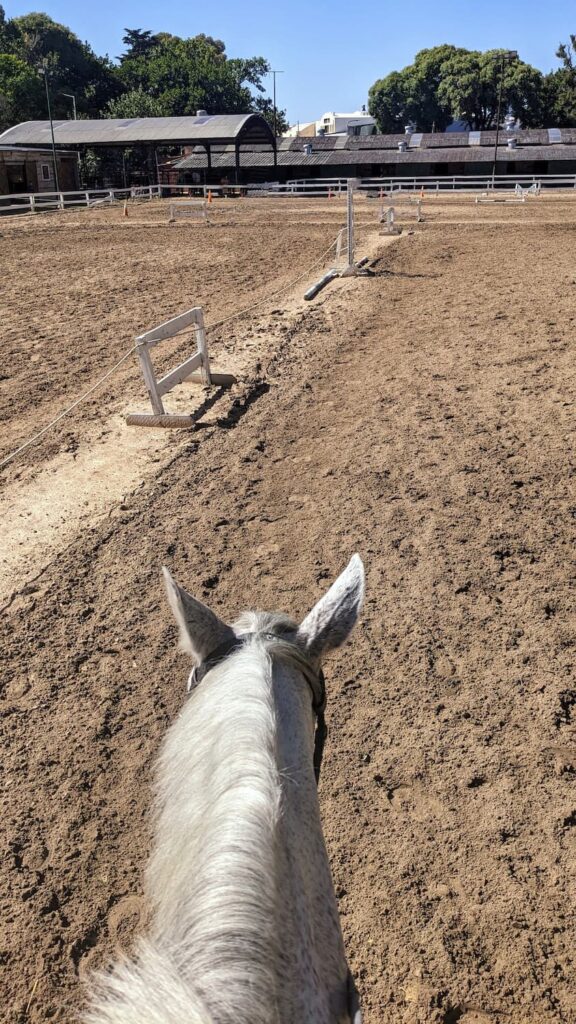
The first time I got onto a horse, it started lumbering away, directly towards a fence. “Argh!” I thought. Then, as it avoided the fence, I remembered: “Oh yeah. The horse can see the fence.”
This is one of the magical — and also most infuriating — aspects of a horse: it’s an autonomous vehicle with front and side-mounted radar. The horse will do roughly what I tell it (I think more experienced riders and horses have more precise relationships), but not exactly when, where, and how.
Usually, the autonomous features work in my favour. But it’s quite hard to get a horse to go exactly where you want it to go.
The difficulty of controlling a horse is in part due to the controls, which are more confusing than on my BMW. To go right, I have to 1. Tension the right rein, 2. Pressure with my right leg, and 3. Kick with my left leg. All that will get the horse to go right, but not necessarily exactly following the trajectory I have in mind. A horse corners like it does not know or care what rails are.
Things get better when you’re following a predefined trajectory. That’s where the autonomous, self-driving features of a horse really work in your favour. If you’re going down a path and there’s a horse in front leading, your horse behind will follow the same path and even maintain an even distance. Eat your heart out, adaptive cruise control! Horses have had this feature for fifty million years!
Because a horse’s sensors are at the front on the sides, they do have two blind spots, though. The first is directly behind them. So you can’t park a horse in reverse — you have to walk it into its parking spot (the stable) and then do a 180-degree turn. (Horses do have a reverse gear, though, putting them in the rarefied territory of some models of Honda Gold Wing or BMW R 18).
The second blind spot right underneath its mouth. Put your finger out under a horse’s mouth and it might think it’s a carrot and may bite it off. Now you know.
Despite all the ride aids, it is possible to fall off a horse. The downside to this is that you should wear a helmet. But the upside is that you don’t need much gear — tall boots (mostly to prevent chafing), a lightweight helmet, and some thin gloves (to stop the reins slipping in your sweaty hands) go a long way.
Anyway, as they say, what do you do when you fall off a horse? Actually, I don’t really want to find out. It’s a long way down…
Horse Riding and Sustainability / Ethics
For a long time, I used to joke that if we wanted vehicles that run on sustainable fuels, we should just go back to riding horses.
It’s tempting to think so. They eat hay, which seems to be pretty abundant, and while they might fart and poop, I’ve never heard of anyone complaining about horses as being a significant contributor to greenhouse gases.
But horses alone would be unsustainable to ride. They produce a lot of poo. An average horse will defecate from 4 to 13 times each day and produce 35 to 50 pounds (16-23 kg) of wet manure (faeces plus urine) daily (source). That’s a lot! The problem compounds because the more manure you have, the more horses you need to remove the manure. If you took a median-sized city of a million people where there’s about two cars per household and replaced them with horses, which means around 500,000 horses, assuming half of them were used daily, then they’d produce around 5,000 metric tons of manure a day.
I don’t even know where you’d put it all. Never mind the smell and the logistical difficulty of removing it from city streets efficiently – can’t just leave poop lying around.
Side note — there’s a commonly-cited article referring to the “Great Horse Manure Crisis of 1894”, which cites a story predicting that with population growth, city dwellers would all be buried under a pile of manure. Of course, that never happened. The story is often used as an example of how people often predict doom and gloom but then we work it all out.
However, even though the article about the fear of the crisis is frequently cited, its sources have never been found, so it’s unclear whether people ever even thought they were facing a crisis. (Wikipedia — also see the sources of the Wikipedia article at the bottom.)
Related to sustainability is the ethical question: Should we ride animals? Surely it annoys them? It sure annoys me when kids ride me for very long!
I’m only a newbie at this, but I’ve looked into the opinions of more learned people. I could summarise it like this: Animals don’t want us to ride them. But if they really didn’t, they wouldn’t let us at all. Letting us ride them is a deal they make with us. They don’t mind that much, and they do enjoy the treats and being cared for. At the end of a ride, they’re not running for the hills, but nuzzling owners and looking for their carrot.
By the same token, a conscientious rider should know when the horse has had enough and let it have a break.
There are definitely people who believe horses shouldn’t be ridden at all. But there do exist vegan riders, and the riders I’ve met and spoken to do truly love and respect the animals. So to strike a middle ground — ride horses conscientiously, and don’t be a jerk.
Alternatives to the Horse
If you’re considering a horse, then you’re probably considering several other vehicles with similar power and characteristics.
Camel
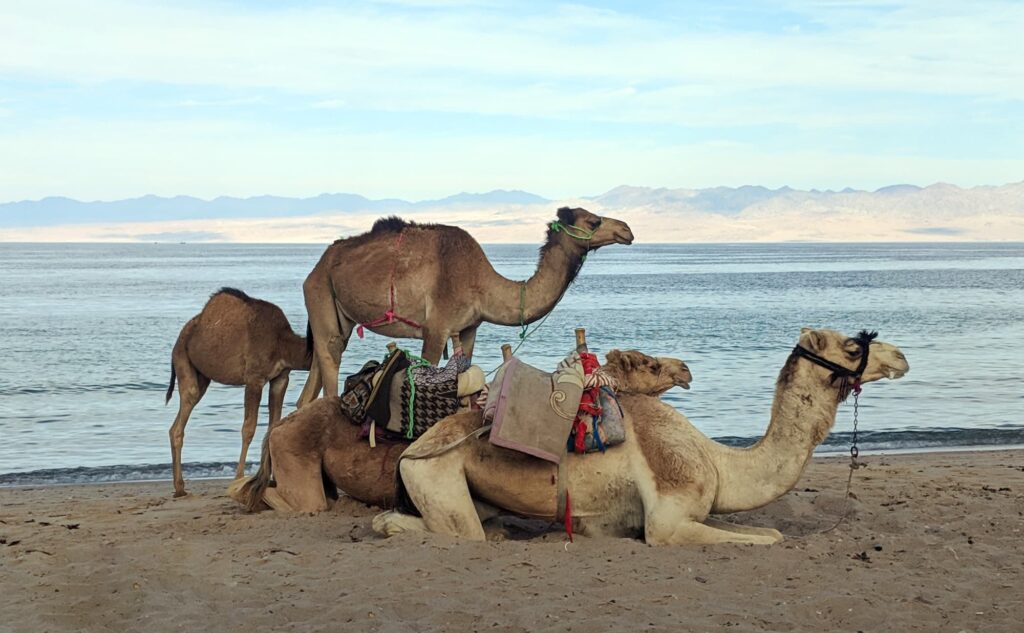
Camels are a popular choice for distance travel. They’re very popular in the Middle East, North Africa, and Central Asia (the “Stans”). But you might also be interested to know that they’ve been popular in Australia for very long periods of time, and frequently have been part of major expeditions across the continent. (For example, the ~2000 mile / 3250 km Burke and Wills expedition from Victoria to Gulf of Carpentaria took 23 horses, six wagons, and 26 camels.)
The type of camel that makes up the vast majority of camels (94%), the Dromedary, has a single hump. There’s a second, two-hump kind of camel, known as the Bactrian camel. This is interesting to me, as the two-hump camel looks much more classically “camel” than the single-hump kind, but only makes up the minority of the population!
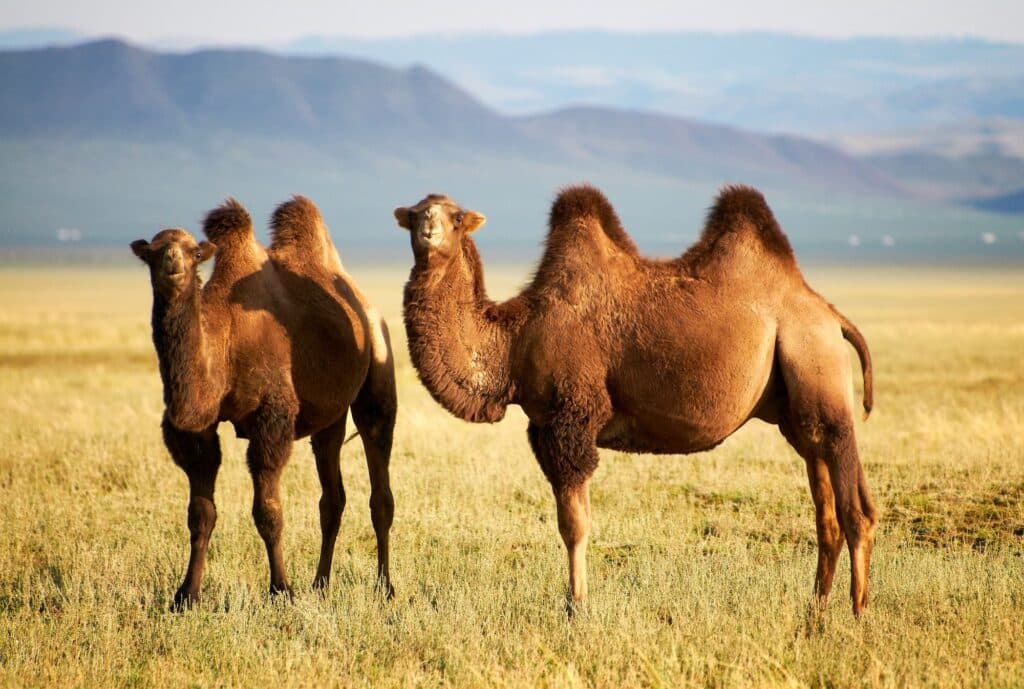
The single-hump and dual-hump camels can actually inter-breed to make fertile off-spring, sometimes known as a Tülu camel, and also sometimes given the unexpectedly exciting name of F1 Hybrid Camel. This isn’t even a joke.
Donkey, a.k.a. “Ass”
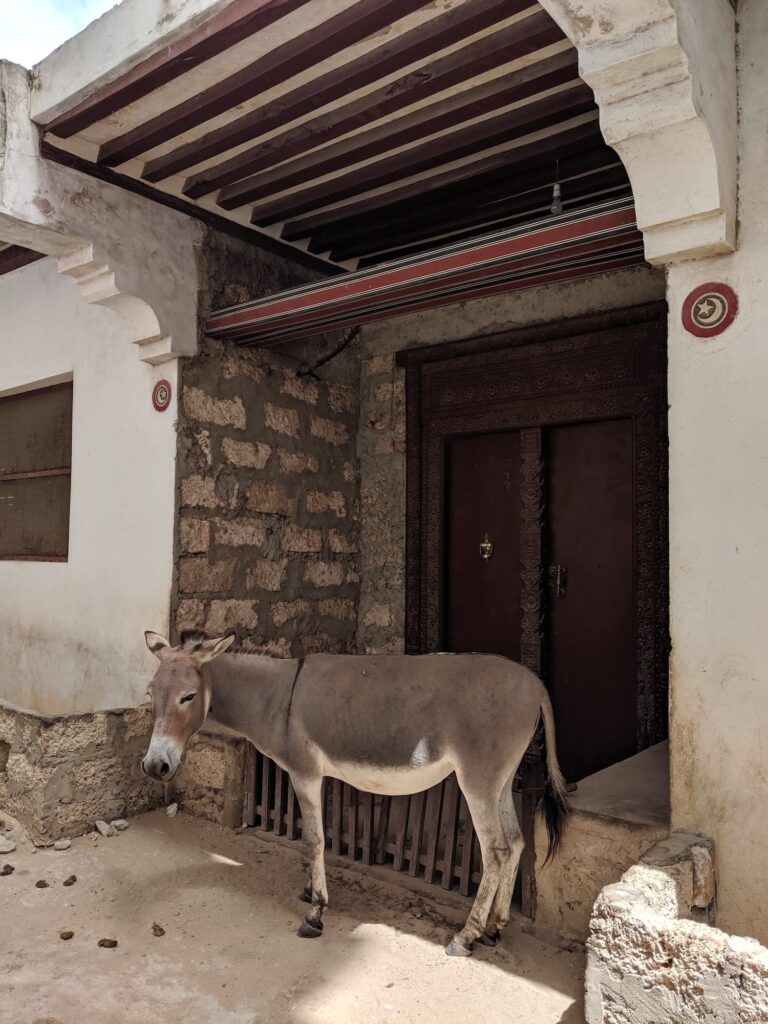
The donkey looks like a small horse, but it isn’t one. Quit laughing, it’s a much better animal than its alternative name, “ass”, suggests.
Donkeys are actually from the same family as horses. You can ride them, but they’re more commonly used to pull or carry things. On Lamu, an island that’s part of Kenya, where we took that picture of a donkey, they’re the sole form of transport.
Donkey’s aren’t as strong or fast as horses, but they’re very capable workers.
Other fun facts: “Burro” is “donkey” in Spanish, and a “burrito” is said to be so named because it carries a lot of stuff in it. But in Italian, “burro” means butter.
Mule
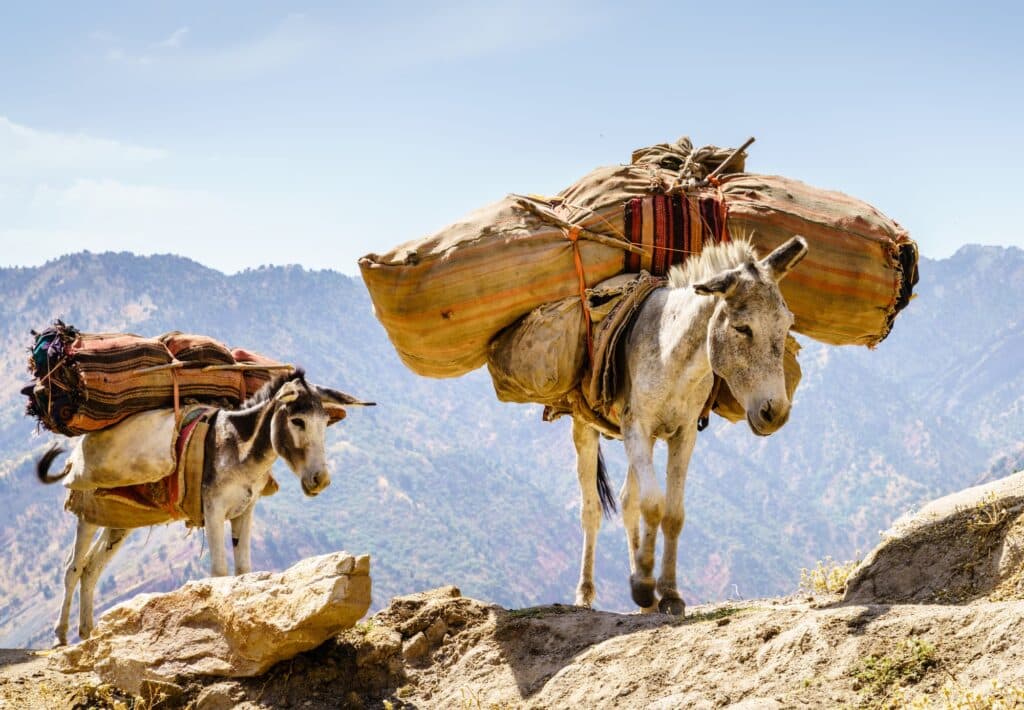
Lastly, the mule. The mule is a hybrid between a horse and a donkey — specifically between a female horse (a mare) and a male donkey (a jack).
Mules are mostly infertile. So humans have to breed them. But there’s evidence of humans around the world having done so for thousands of years — earlier than 1000 BC.
What’s interesting about mules is that they’re very strong for their size, rarely become ill, are sociable, have long lifespans, and are very intelligent. Because they have so many positive characteristics, but don’t occur naturally, Charles Darwin said that they imply that in this case, “art has here outdone nature” (ref). Well done, us!
Wrap up
I have had a lot of fun learning to ride a horse, and writing this article. I hope to spend many more years doing it. The obvious constraint, as I mentioned above, is time and cost — but such is the way with all hobbies.
Still, if you’re remotely interested, have a look at doing an introductory riding course at your local school. I think most people would need about 20 lessons to feel “intermediate” at it, being able to comfortably trot and even canter. I doubt you’d regret it!

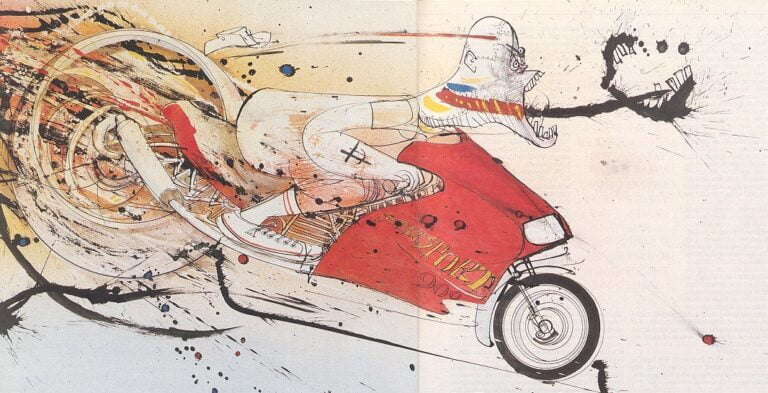




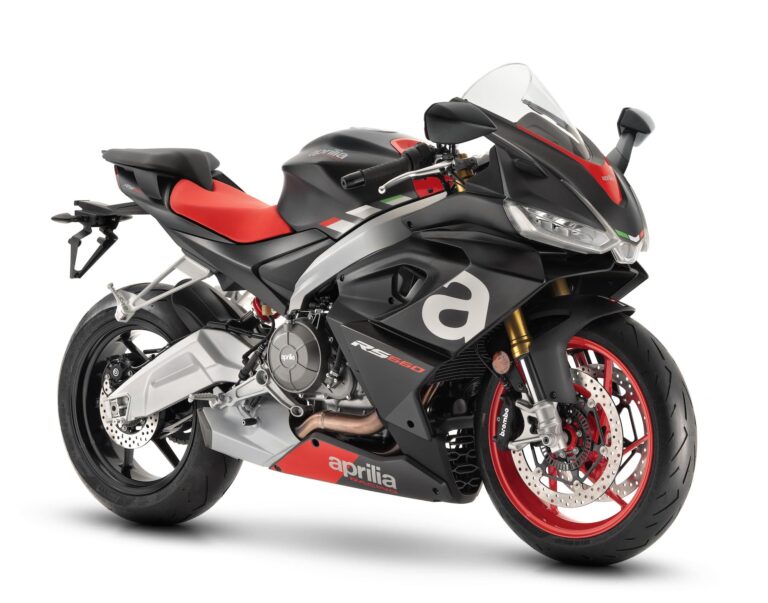
Thanks for not quoting dry weights in the spec sheet, I hate when manufacturers do that.
Haha, now I wish I did! 😂
Thank you, that was a great read. I really enjoyed it.
Cheers, Mick
Hi, can you please change my post to show this name.
Thanks, Mick
My original post which appears to have been deleted (by mistake).
‘Thanks for a great article – it was a very enjoyable read’
Cheers, MM
As a lifelong equestrian now gingerly thinking about getting into motorcycles, this was a such a fun read. Glad you’re enjoying learning to ride. Seeing the world between the ears of a horse is one of the best feelings that exist (at speed or otherwise)!
Oh awesome, great to hear of someone coming the other way 🙂
I’d be interested to see how you go! Let me know if you have any questions to help you get started.